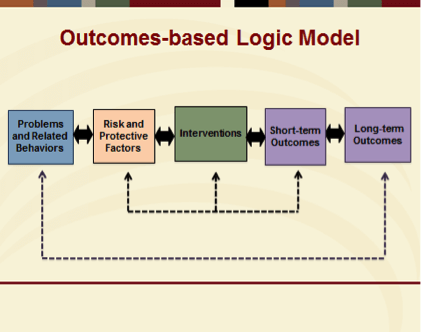IT’S TIME TO CELEBRATE!!!
We are halfway through our Strategic Prevention Framework (SPF) Series blog posts! If you need to catch up, you can take a look at our first three posts on the SPF Series Kick-Off, Assessment, and Building Capacity.
Let’s get started with the next step of the SPF, Step 3: PLANNING.
Although every step of the Strategic Prevention Framework is important, you spend a considerable amount of time on this step deciding what your goals are going to be and the steps to implement and accomplish those goals. For example, Youth Action Teams from all over the state come to our summer leadership program, Georgia Teen Institute, for several days just to begin planning their prevention project they will then implement back in their communities.

A very wise person, Antoine de Saint-Exupery, once said, “A goal without a plan is just a wish.”
We can’t successfully accomplish our goals and have a good product without making a plan.
When it comes to the planning step, it is important to remember that your plan should meet the needs you identified in Step 1 of Assessment and include resources you identified in Step 2 of Capacity Building.
SAMHSA gives us a deeper look inside the planning process and some of the crucial elements this step involves. These are some of the planning activities that prevention practitioners engage in during this important process. You may find these as helpful guidelines while you are planning your prevention project or campaign.
- Decide how you will prioritize risk and protective factors related to the major problems you have already identified. Communities often choose factors that are high in importance and changeability.
- Create a logic model to help show where you are, where you are going, and how you will get there. Think of it as a way to “visualize how the pieces of a prevention plan fit together.” Below is an example of an outcomes-based logic model from SAMHSA that guides many prevention efforts when using the Strategic Prevention Framework. Notice the logical connections between the identified problems, the factors influencing those problems, the interventions to address the factors, and the anticipated outcomes or changes.

- Develop a comprehensive and data-driven plan, which includes:
- A logic model
- Strategies to address gaps in resources and readiness
- Evaluation activities that you expect to conduct
- How you will incorporate cultural competence into your activities.
 From our own experience with planning and implementing prevention projects at GUIDE, it is also important to be flexible. You may think that your project will go one way, but sometimes the plan may change. It never hurts to have a back-up plan. Also, the members of your community play a valuable role in planning your prevention projects. Use them every chance you get. They have great ideas and access to resources that can contribute to a successful project or campaign.
From our own experience with planning and implementing prevention projects at GUIDE, it is also important to be flexible. You may think that your project will go one way, but sometimes the plan may change. It never hurts to have a back-up plan. Also, the members of your community play a valuable role in planning your prevention projects. Use them every chance you get. They have great ideas and access to resources that can contribute to a successful project or campaign. - Establish an Evidence-Based Workgroup that helps identify, review, and select community-level strategies that are evidence-based.
We hope you learned a lot about planning and find these resources useful for your prevention projects.
Continue reading our next SPF Series blog post on Implementation!
